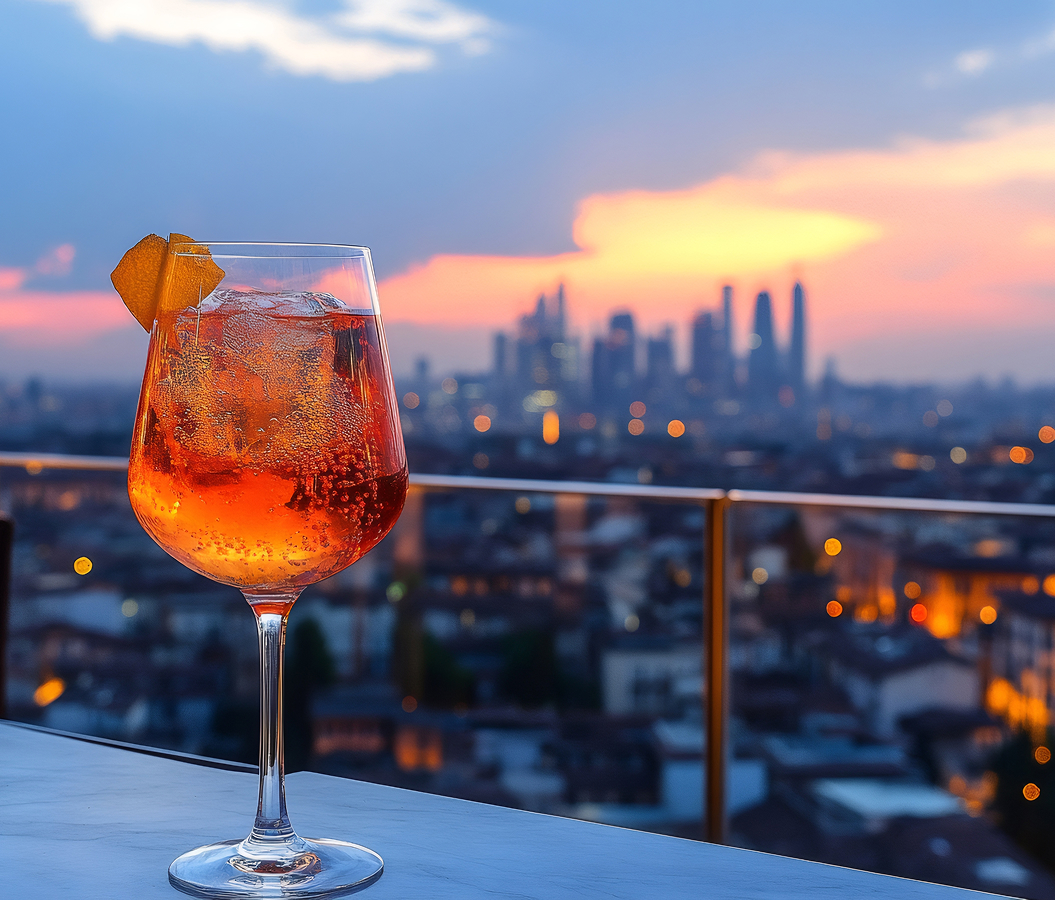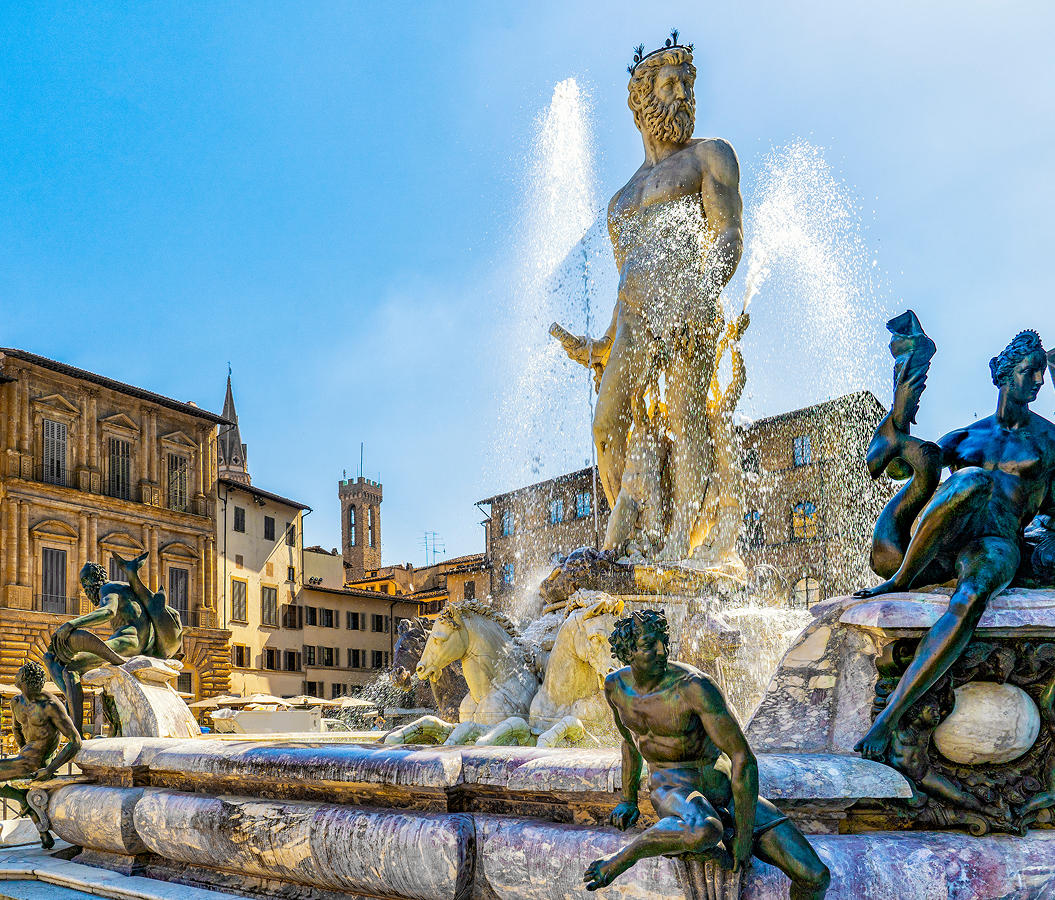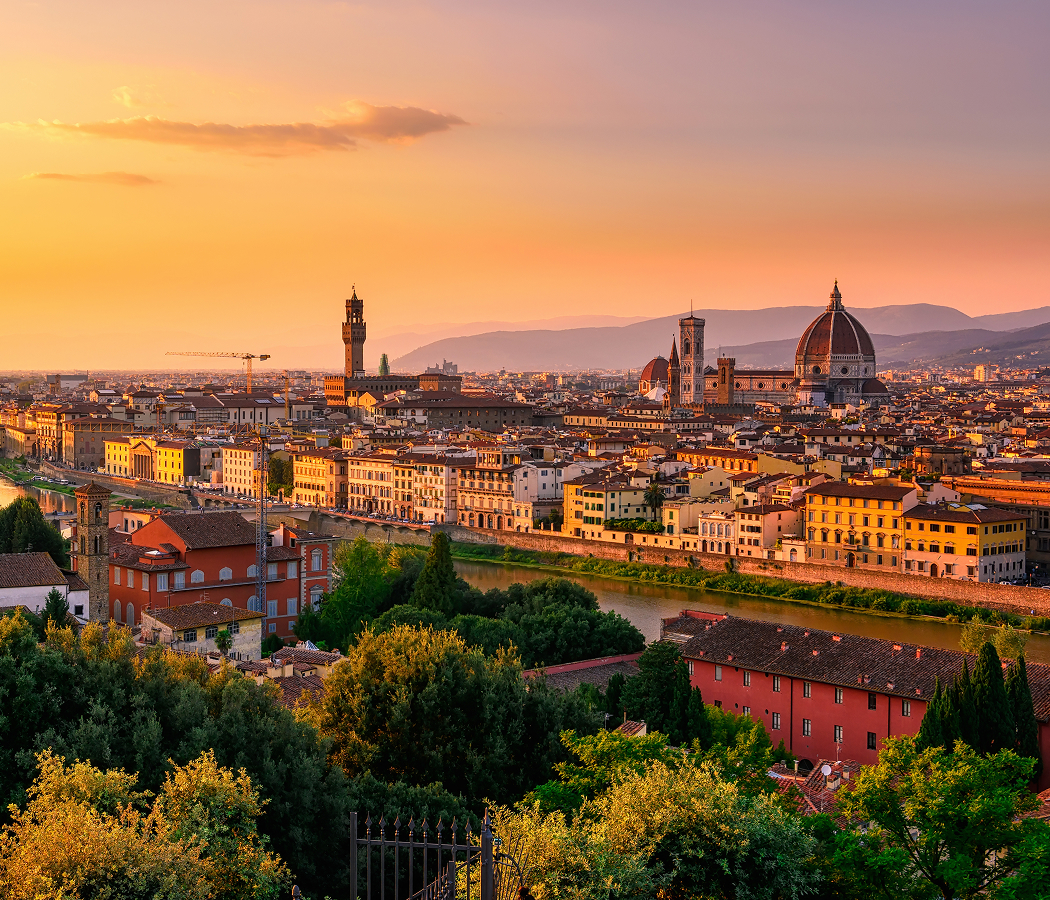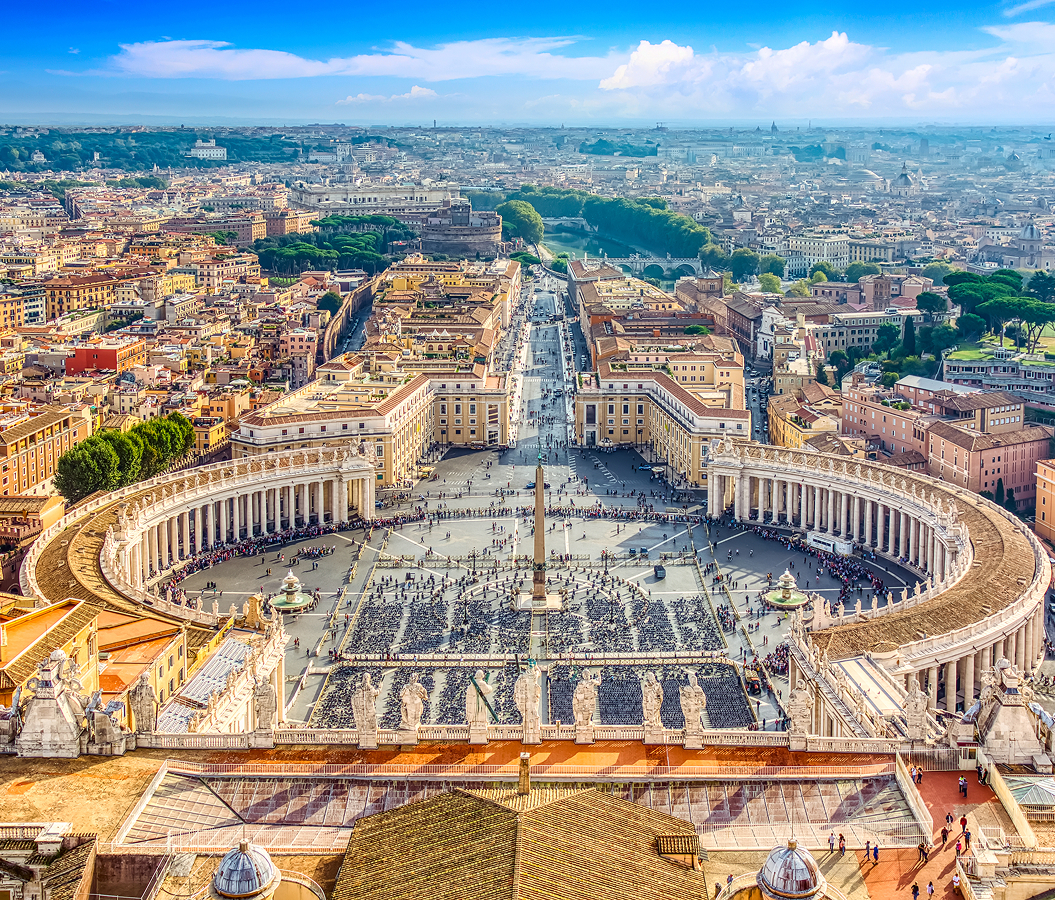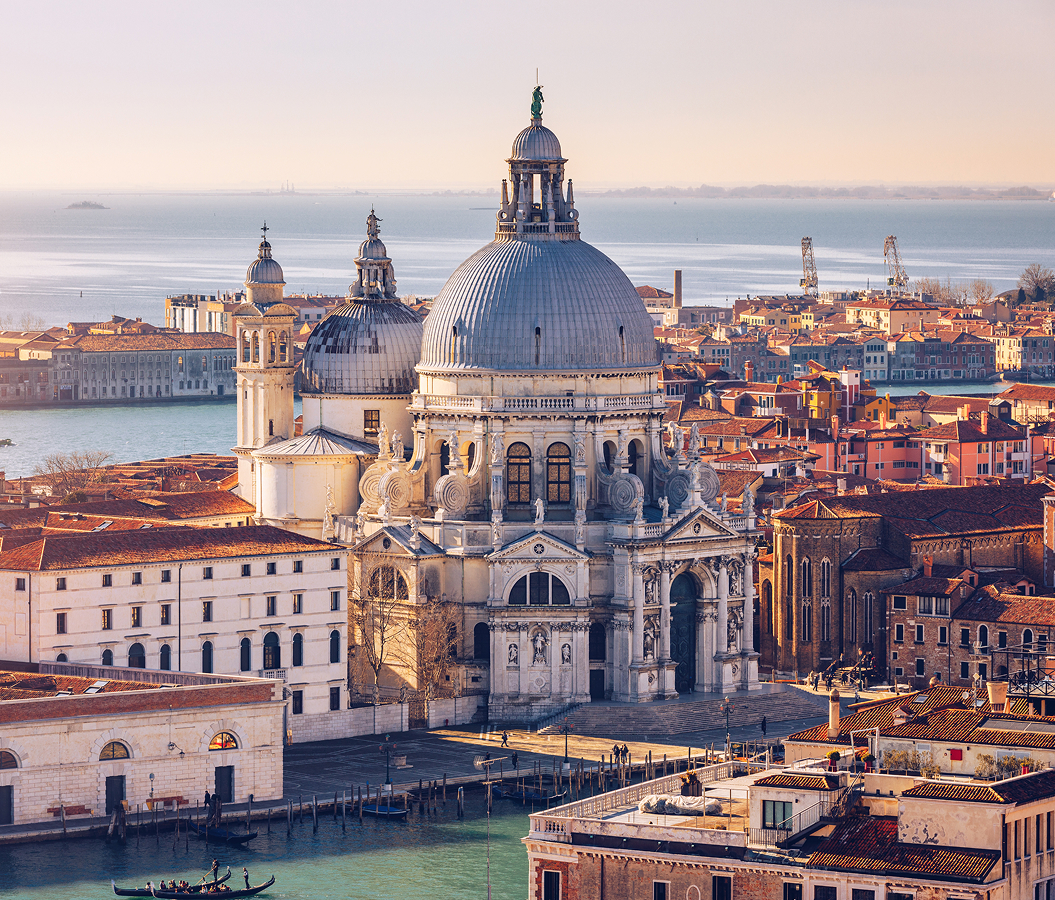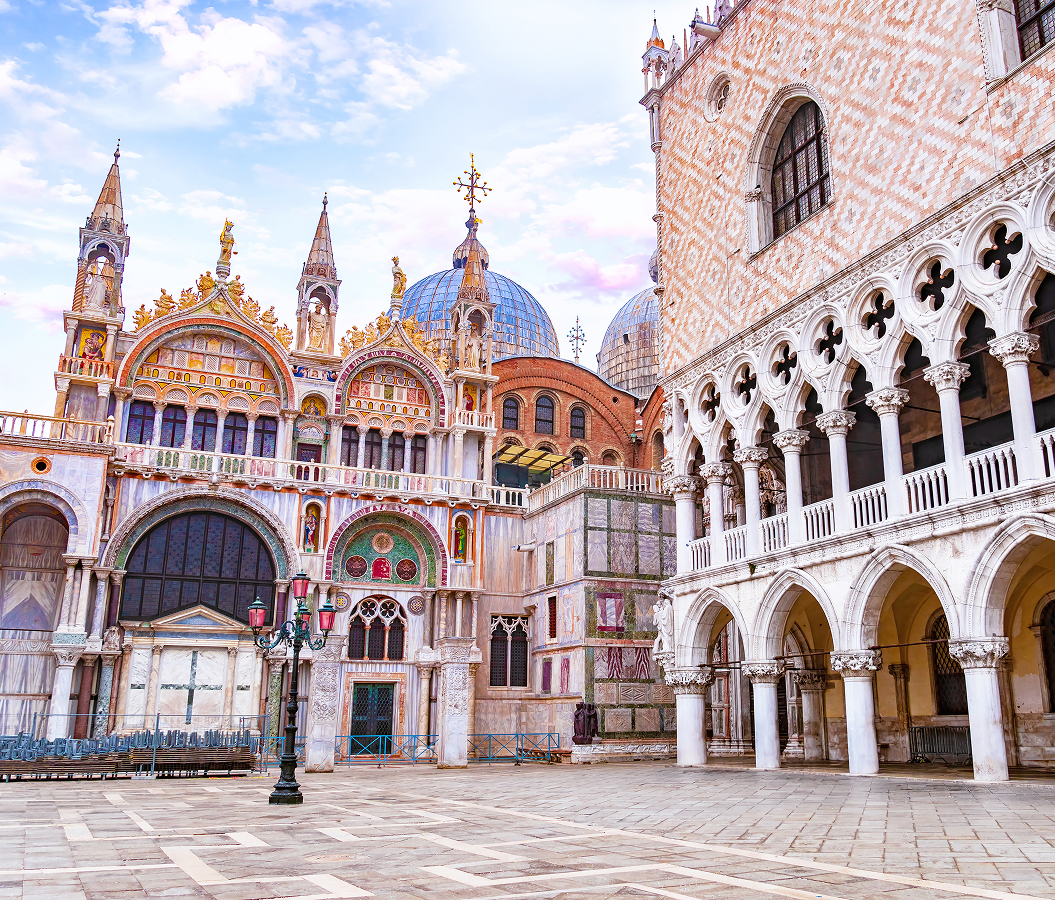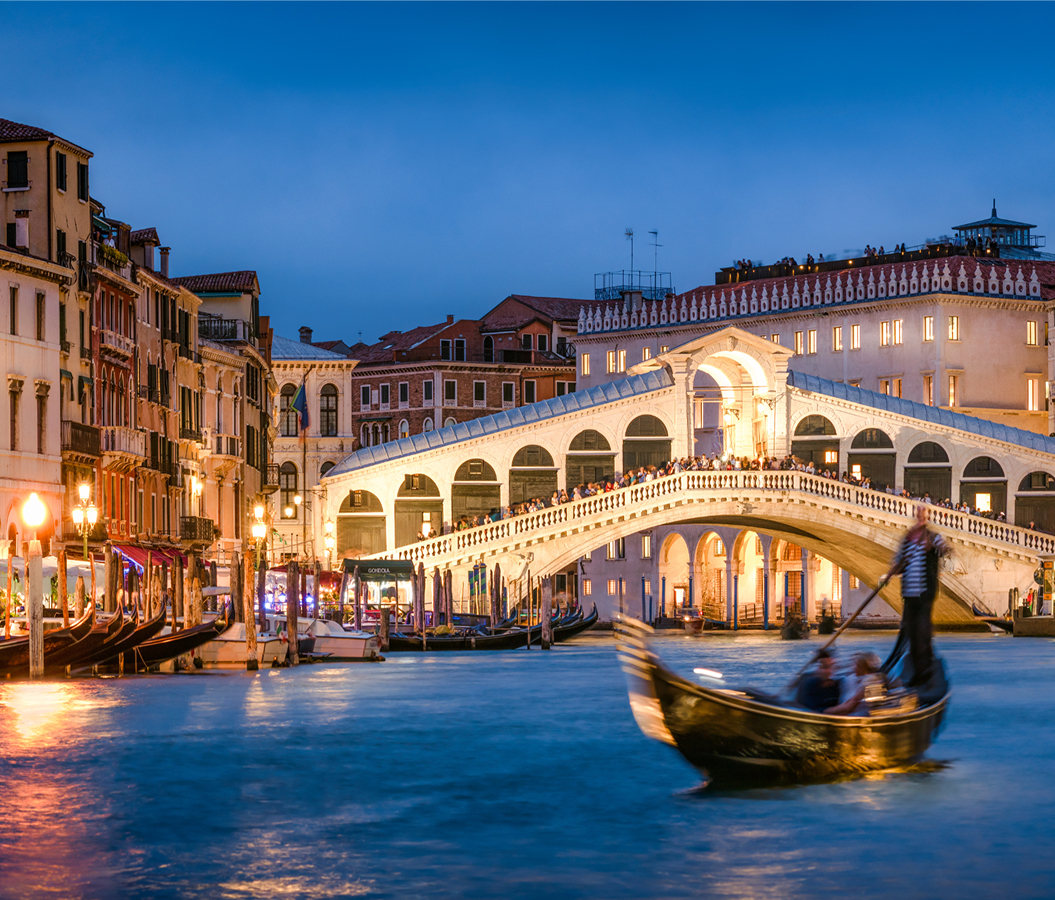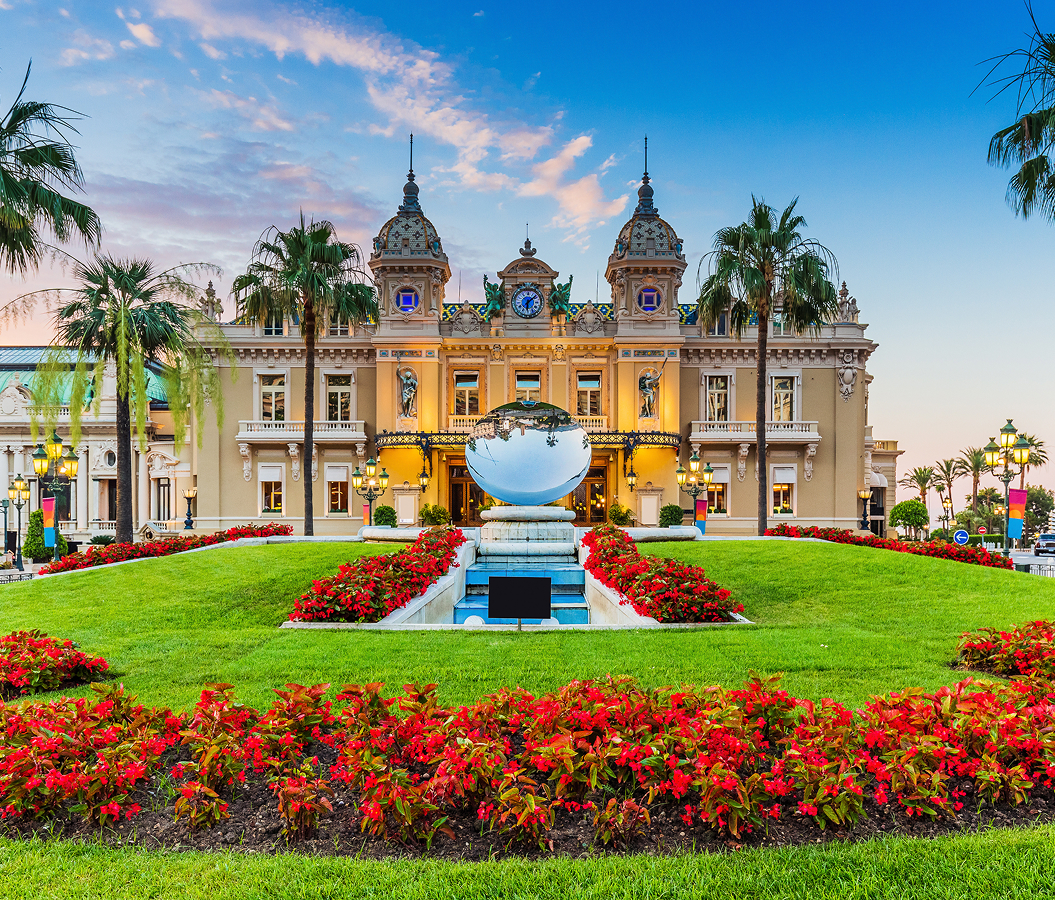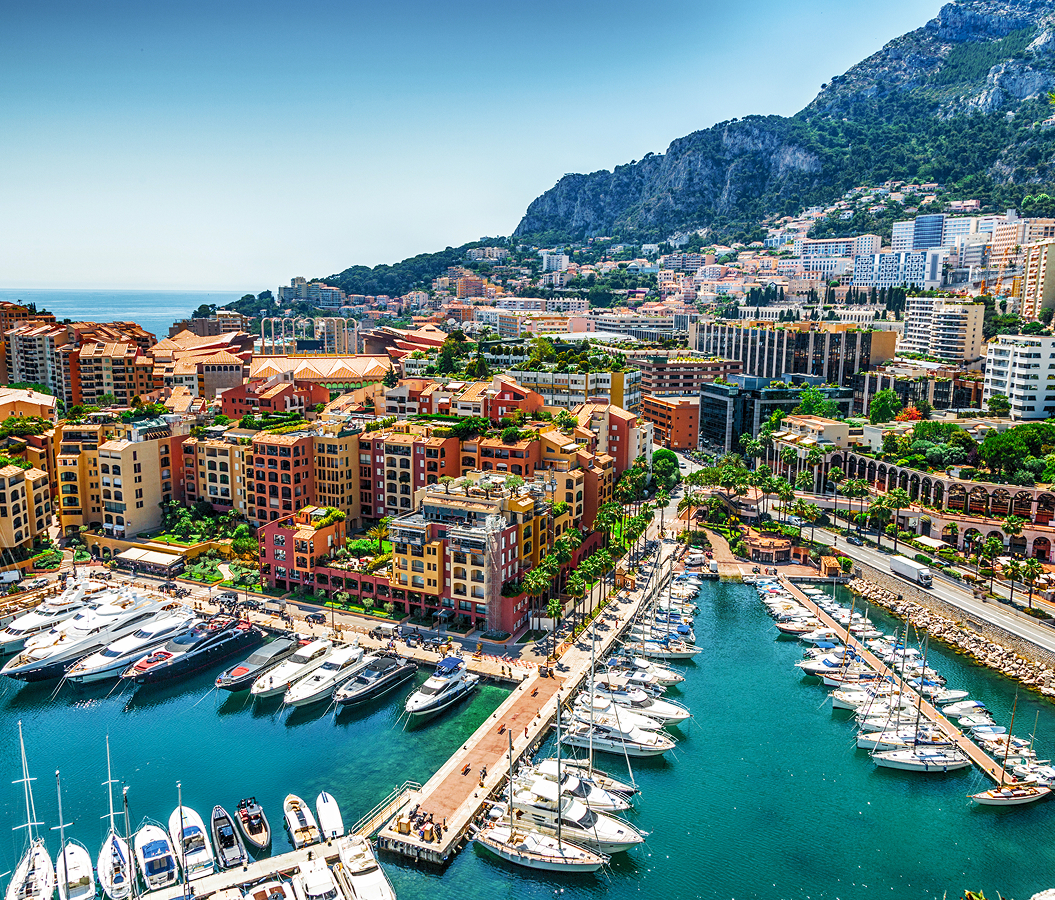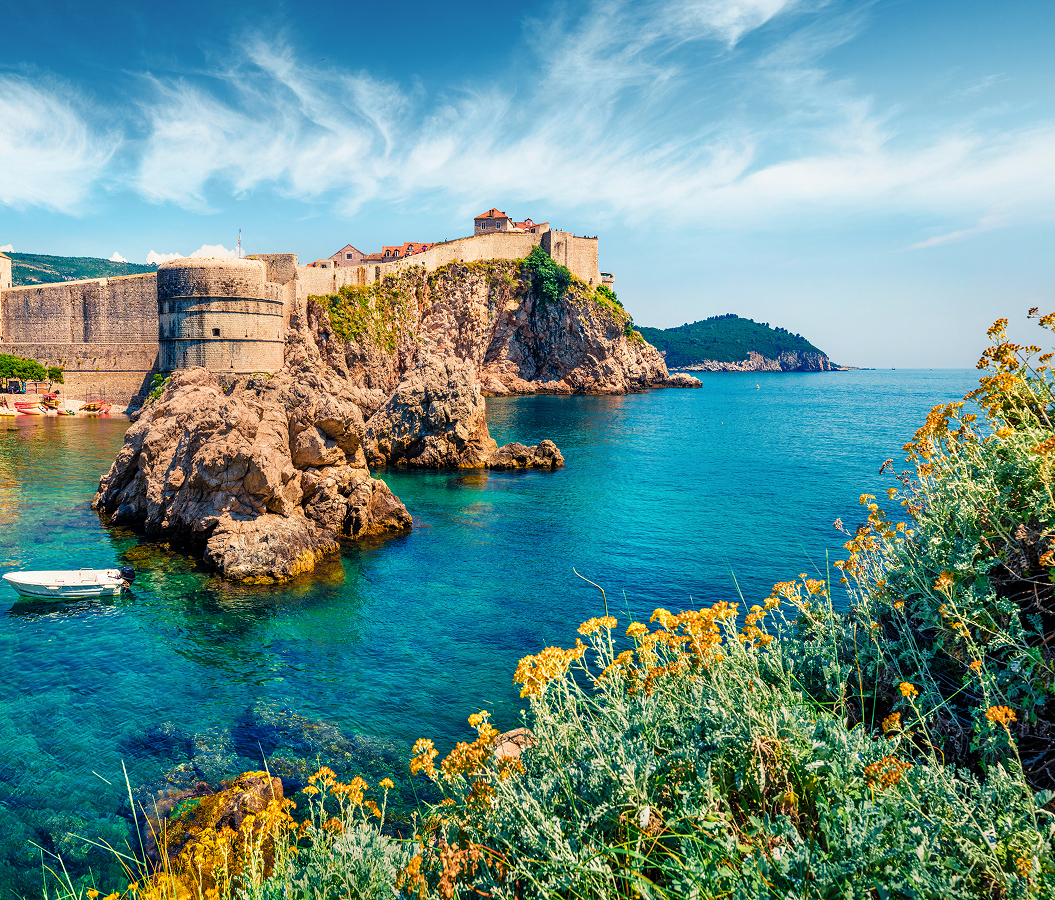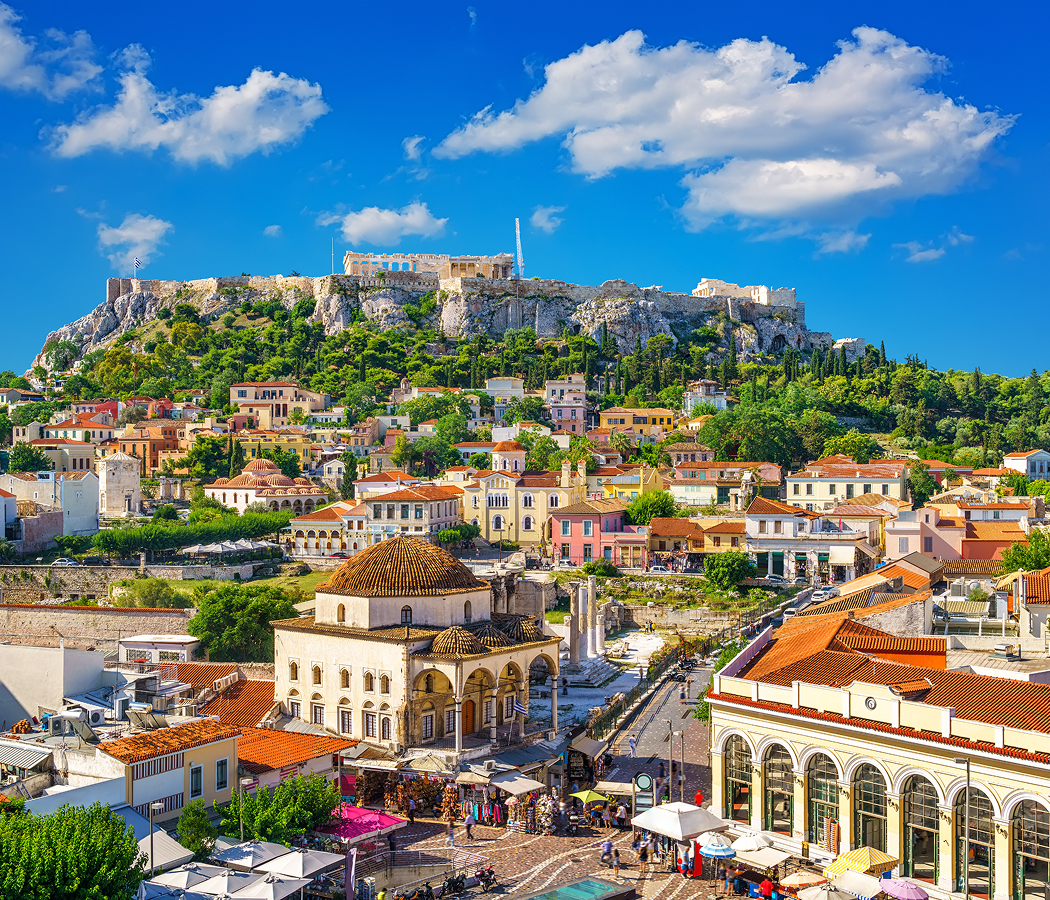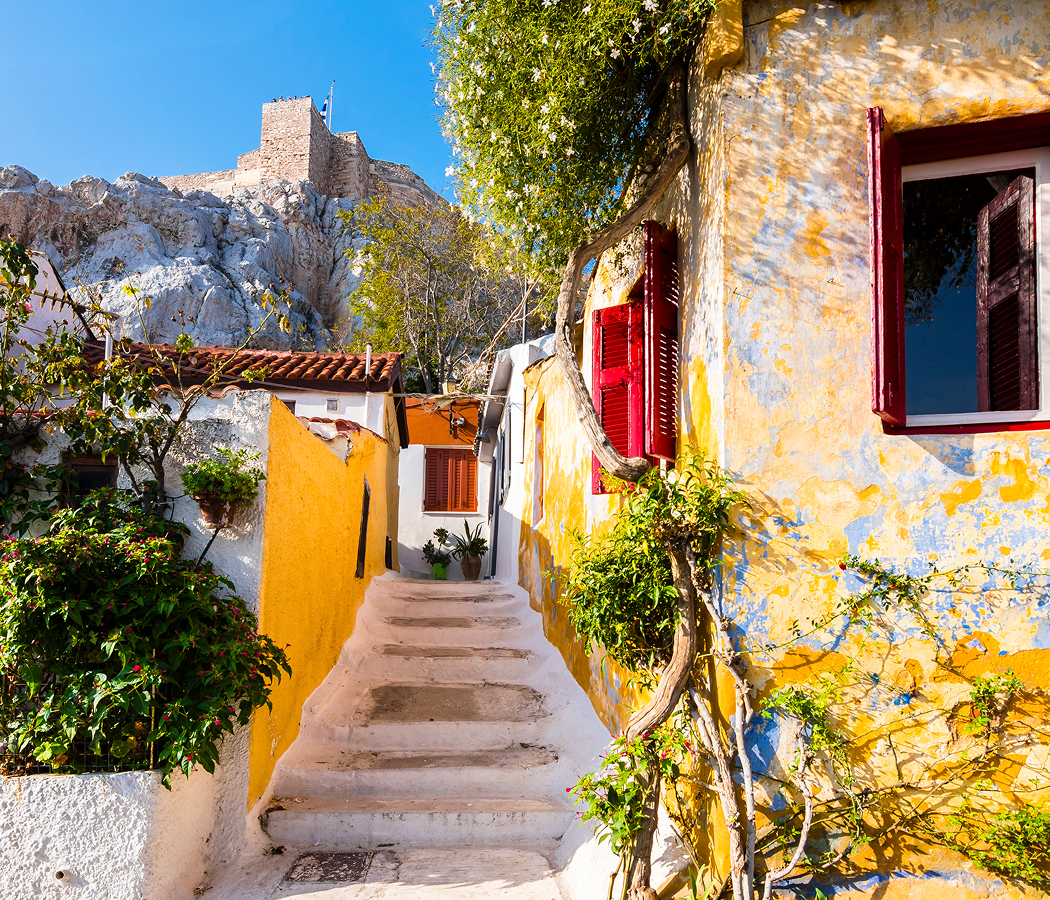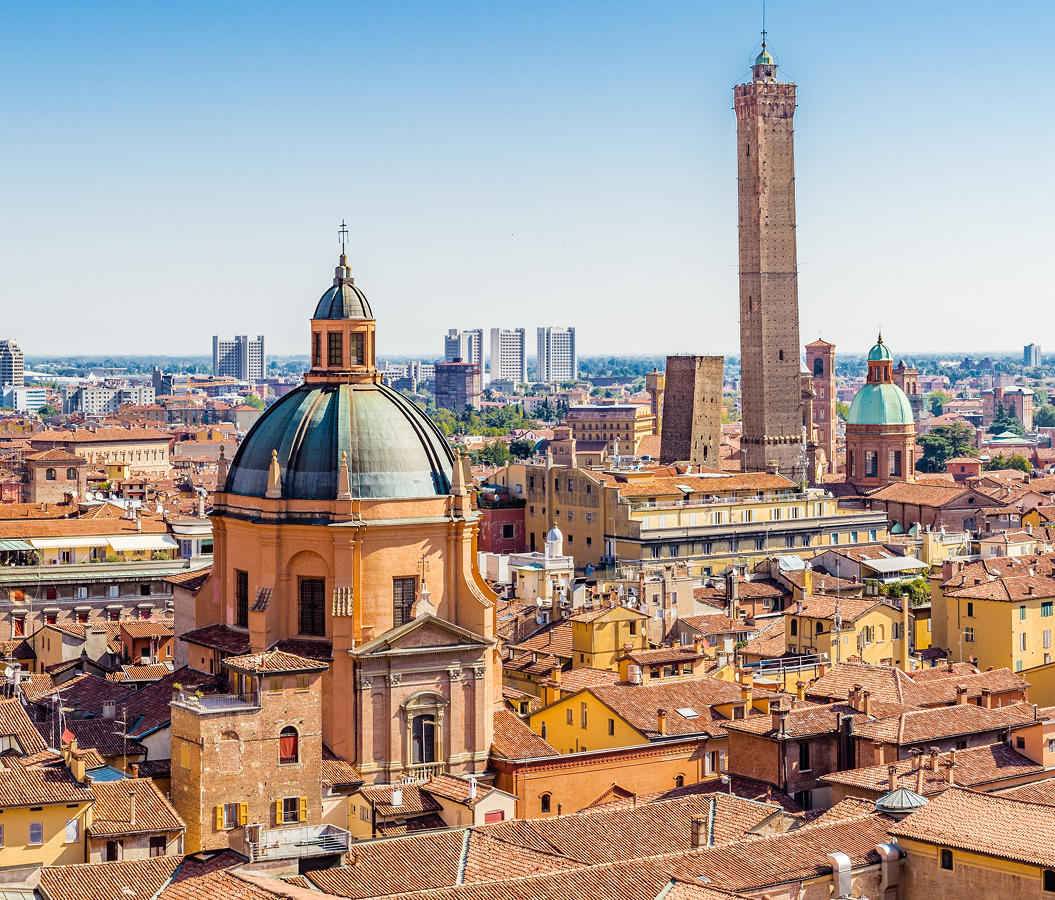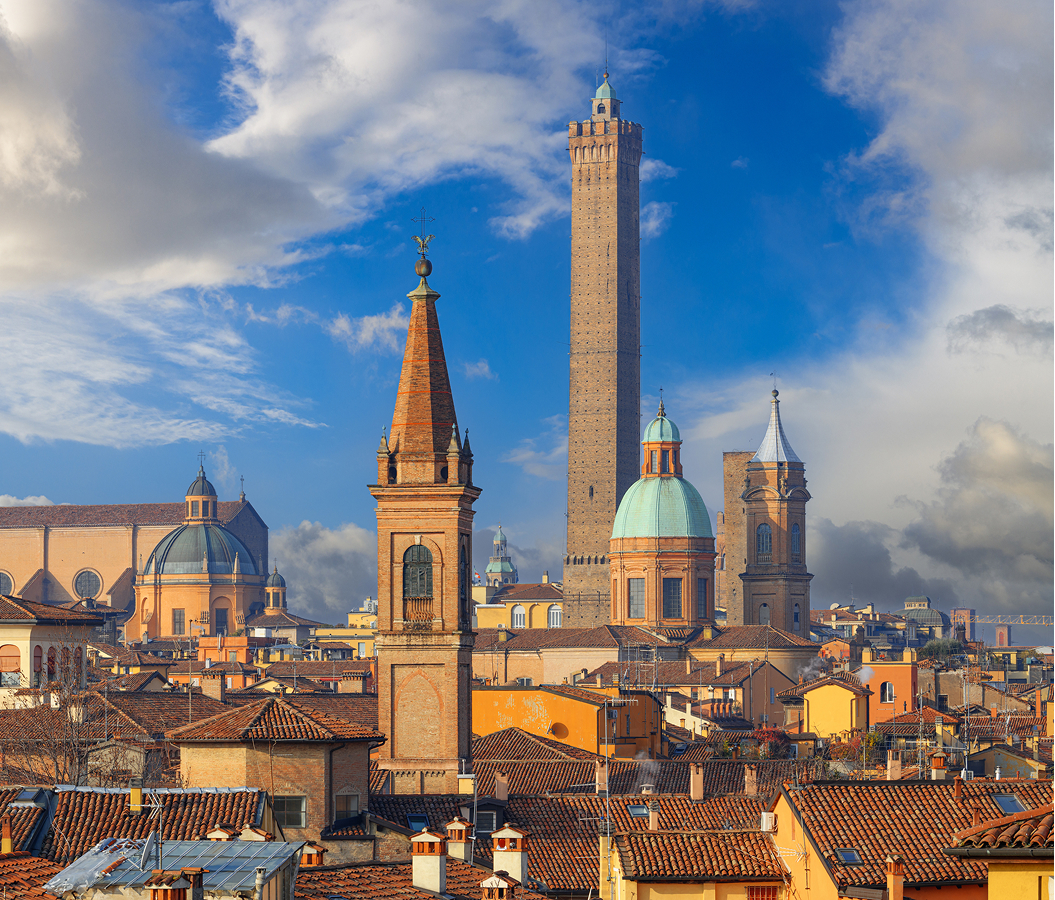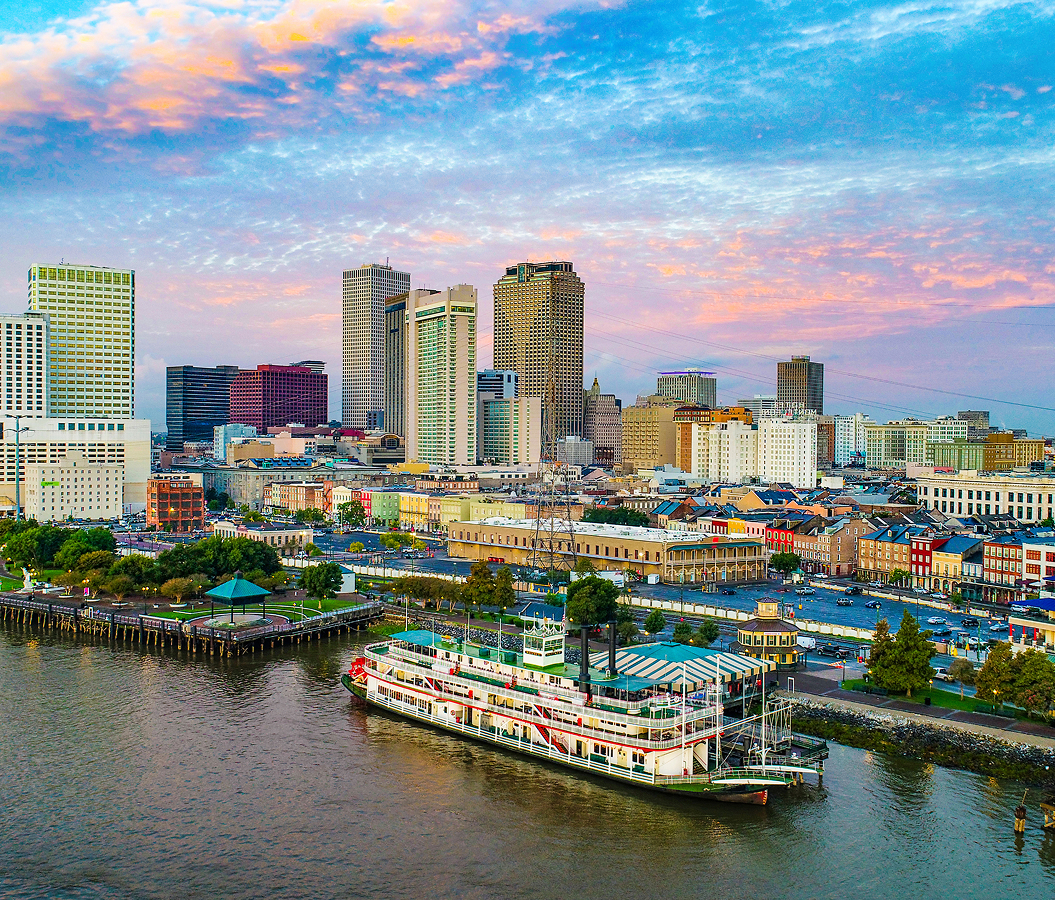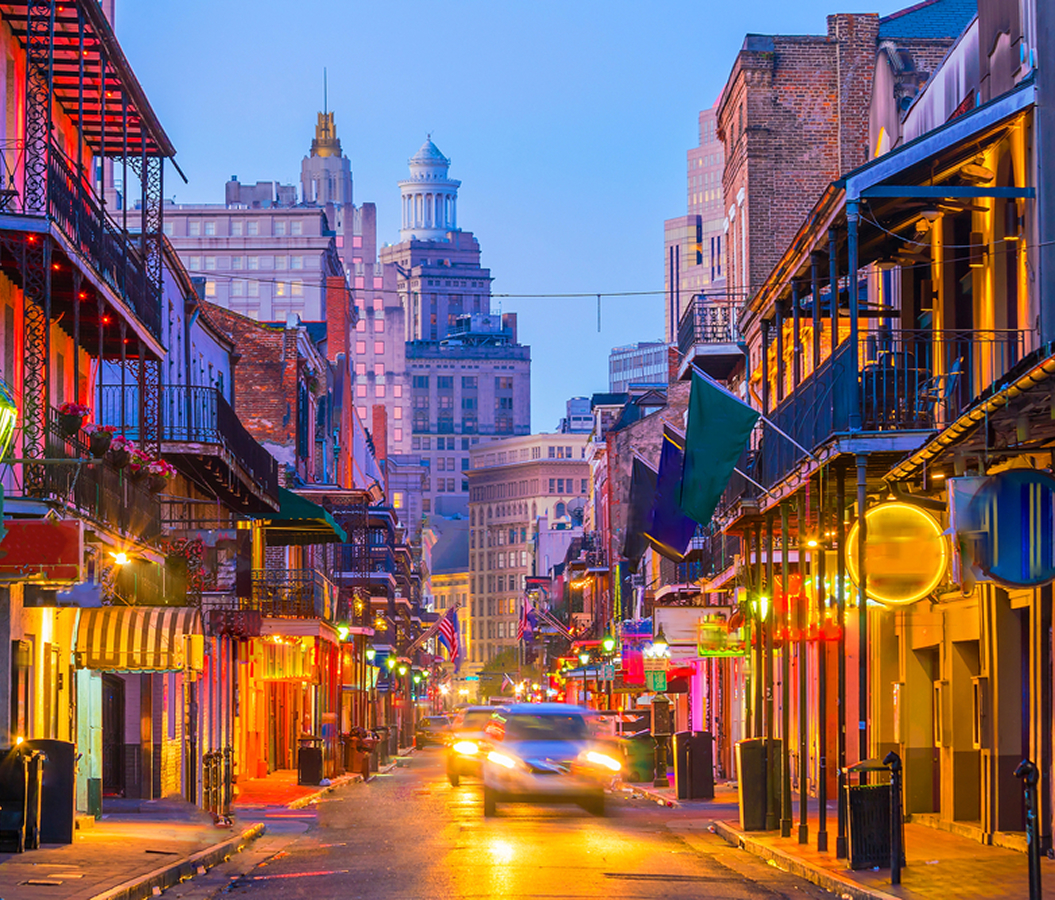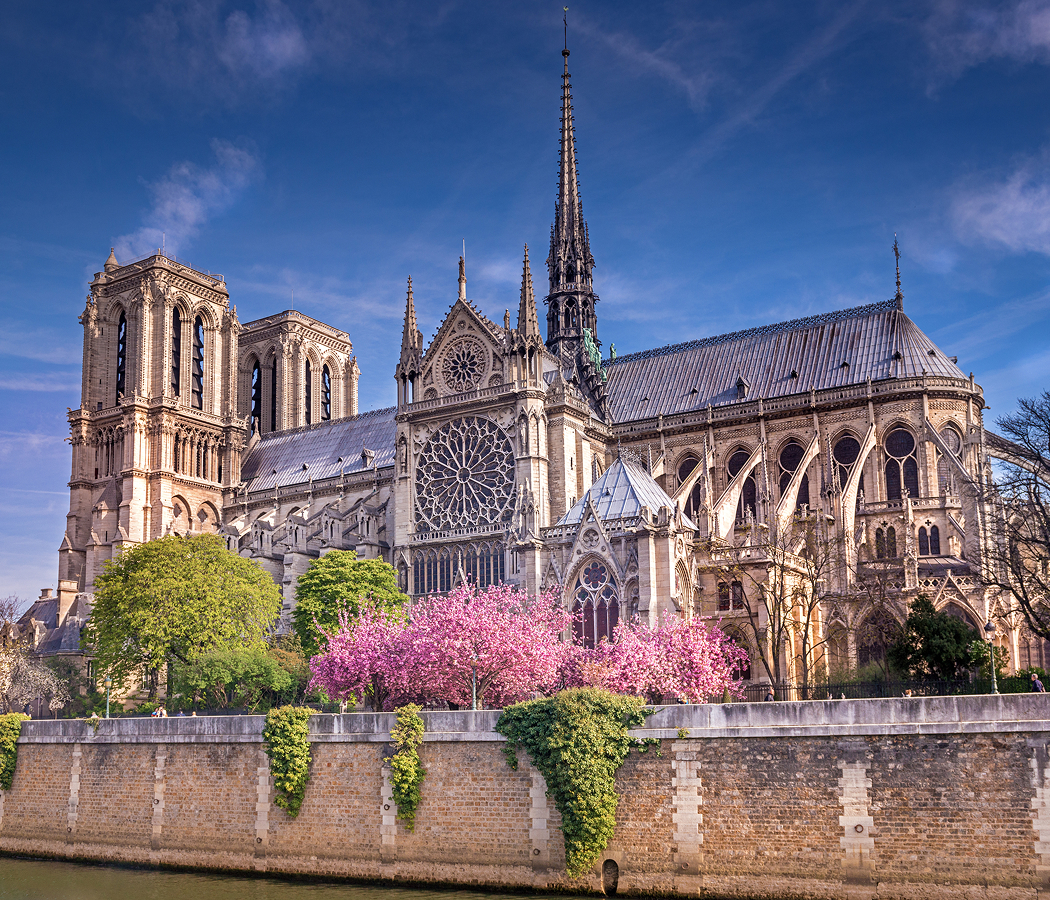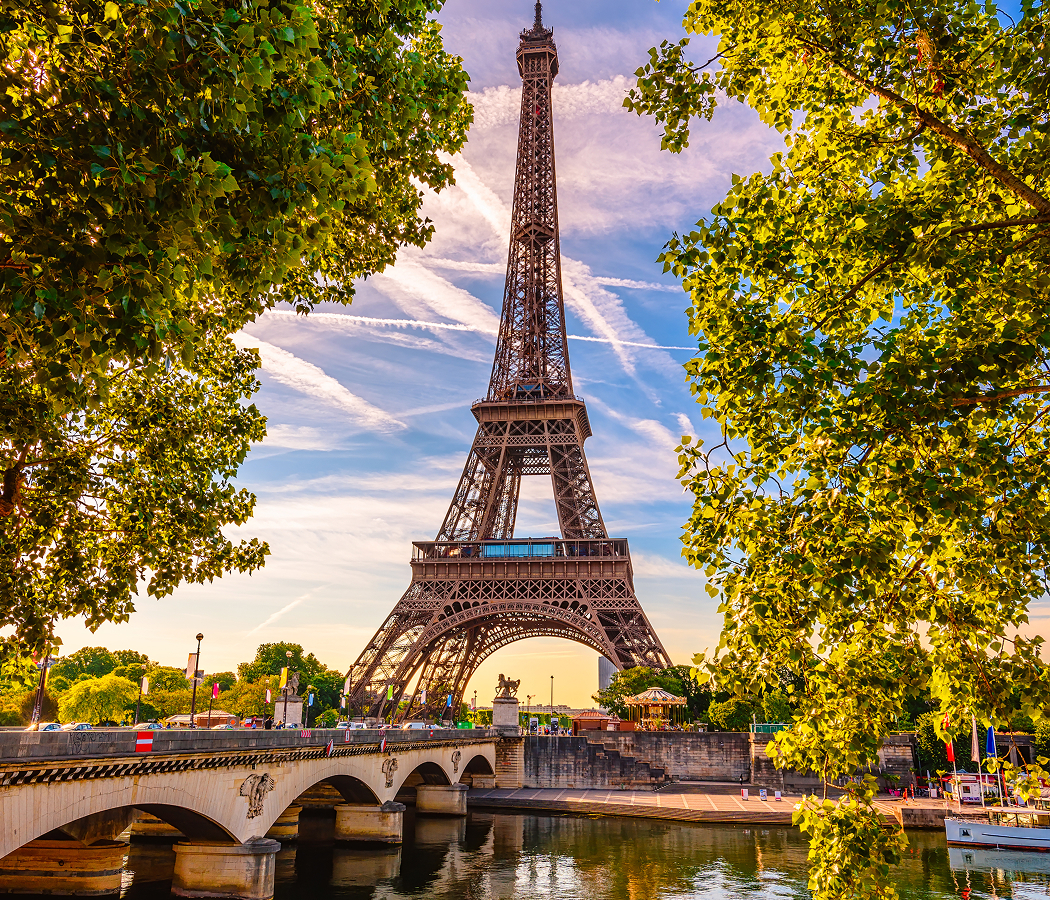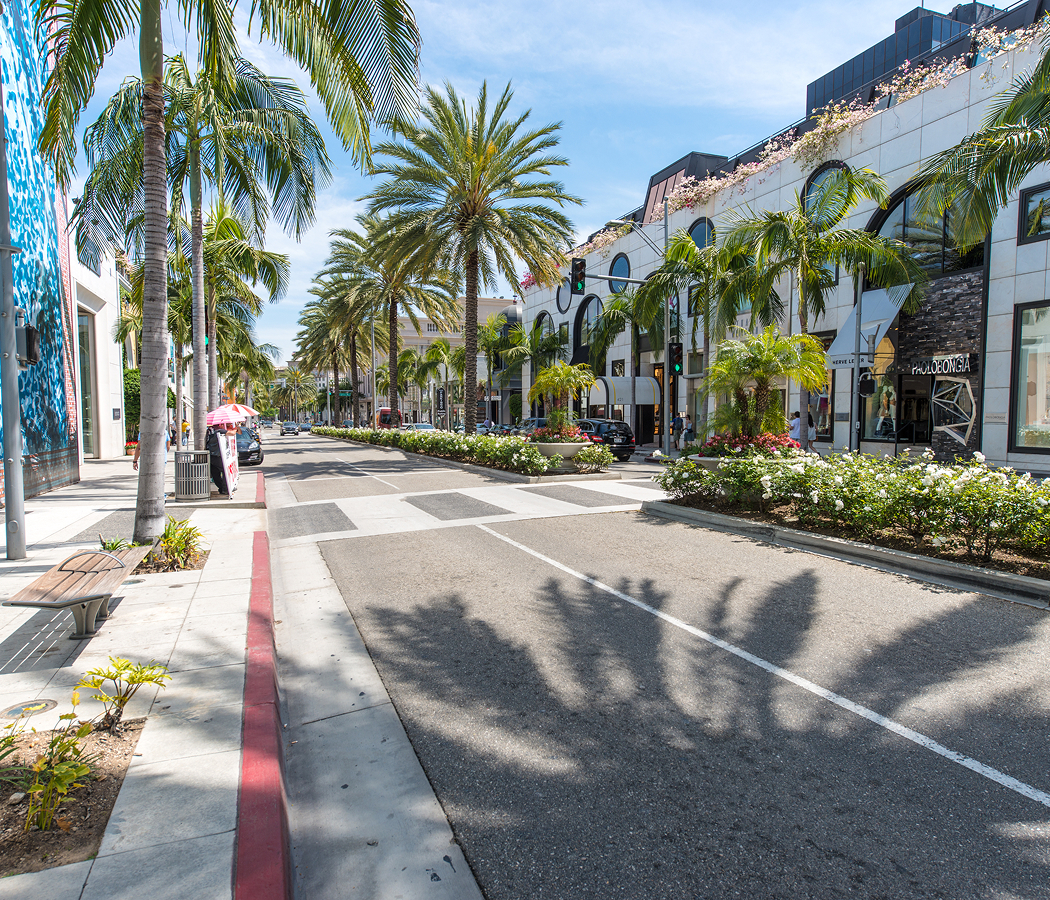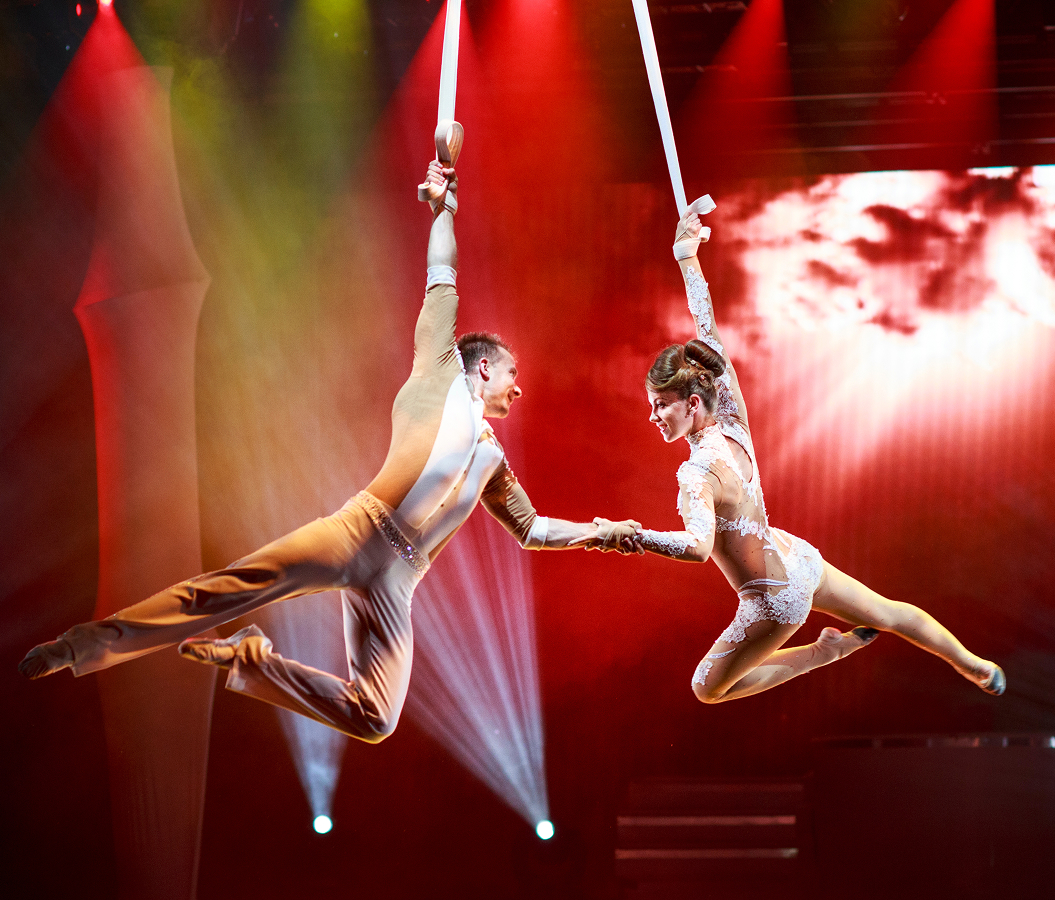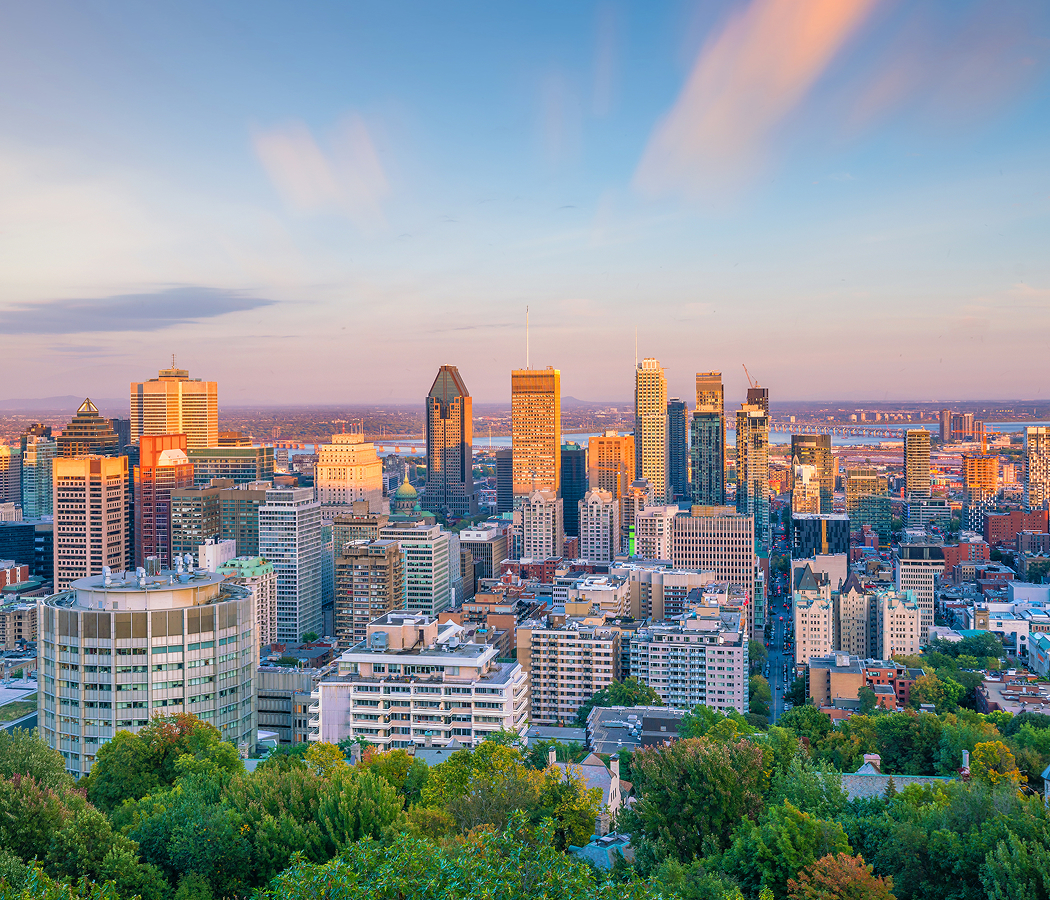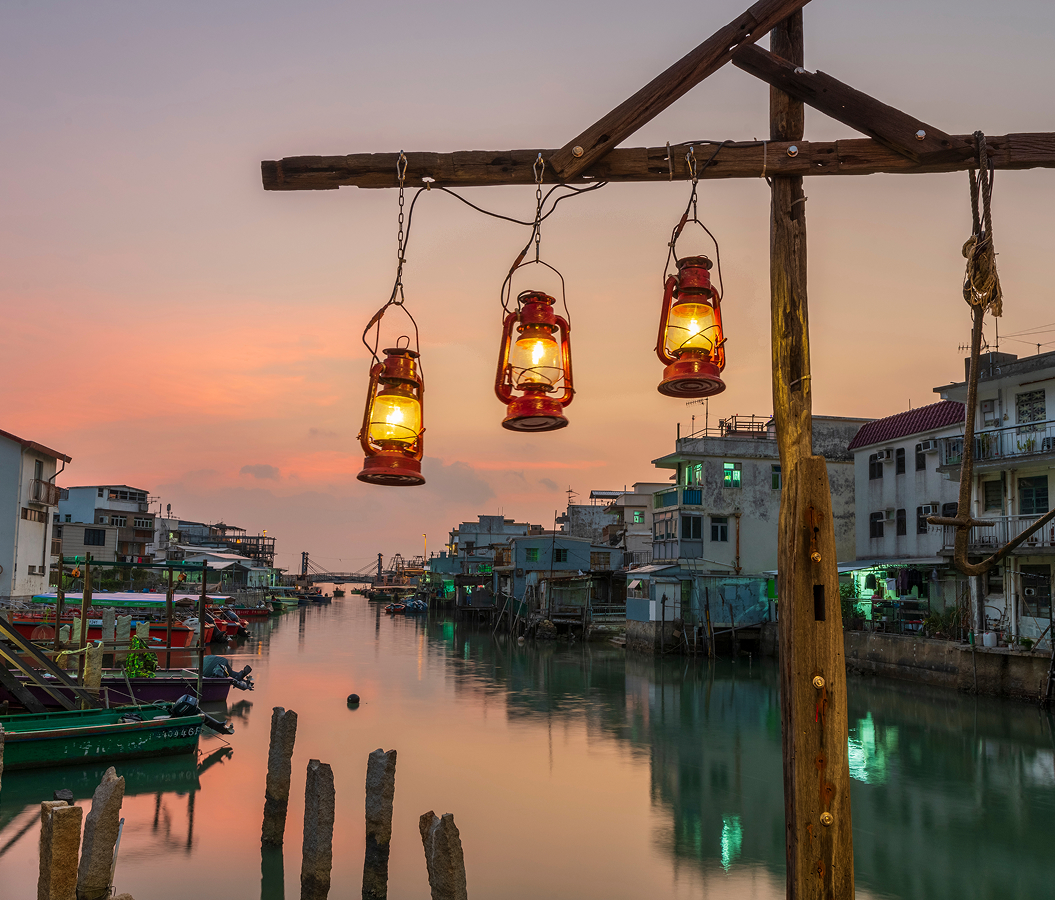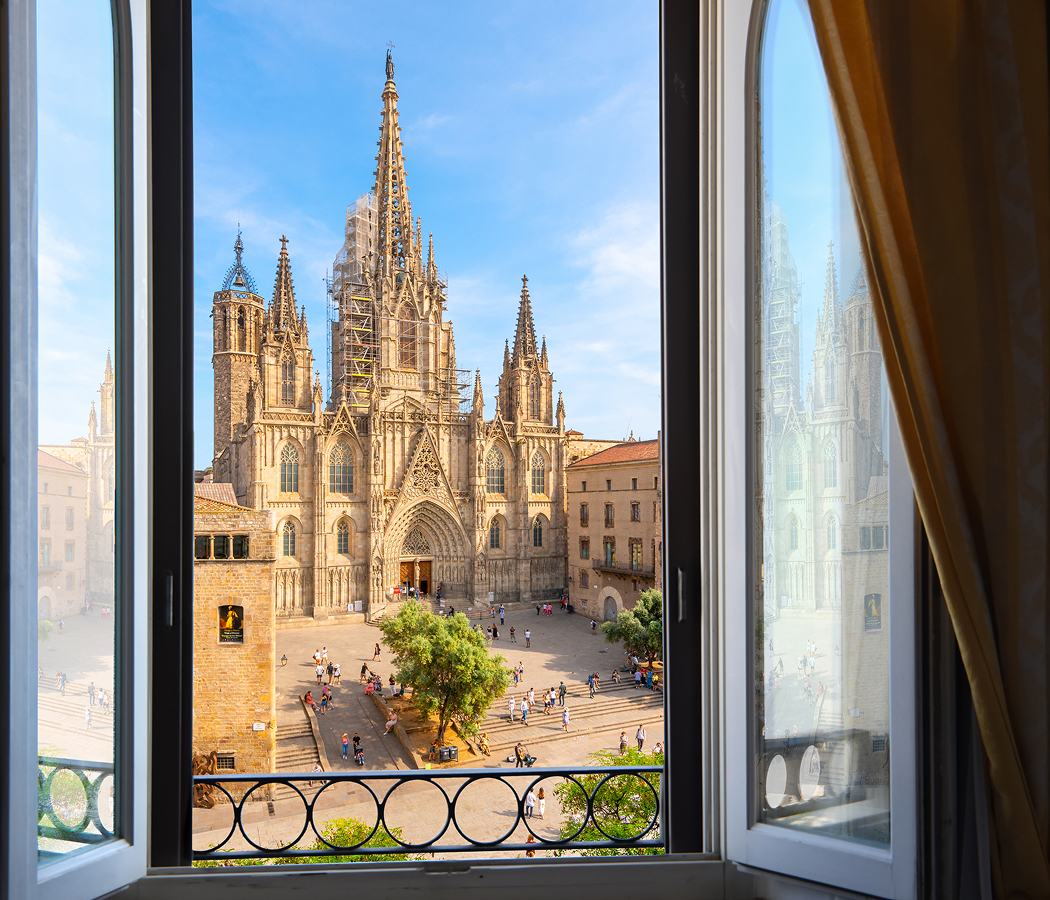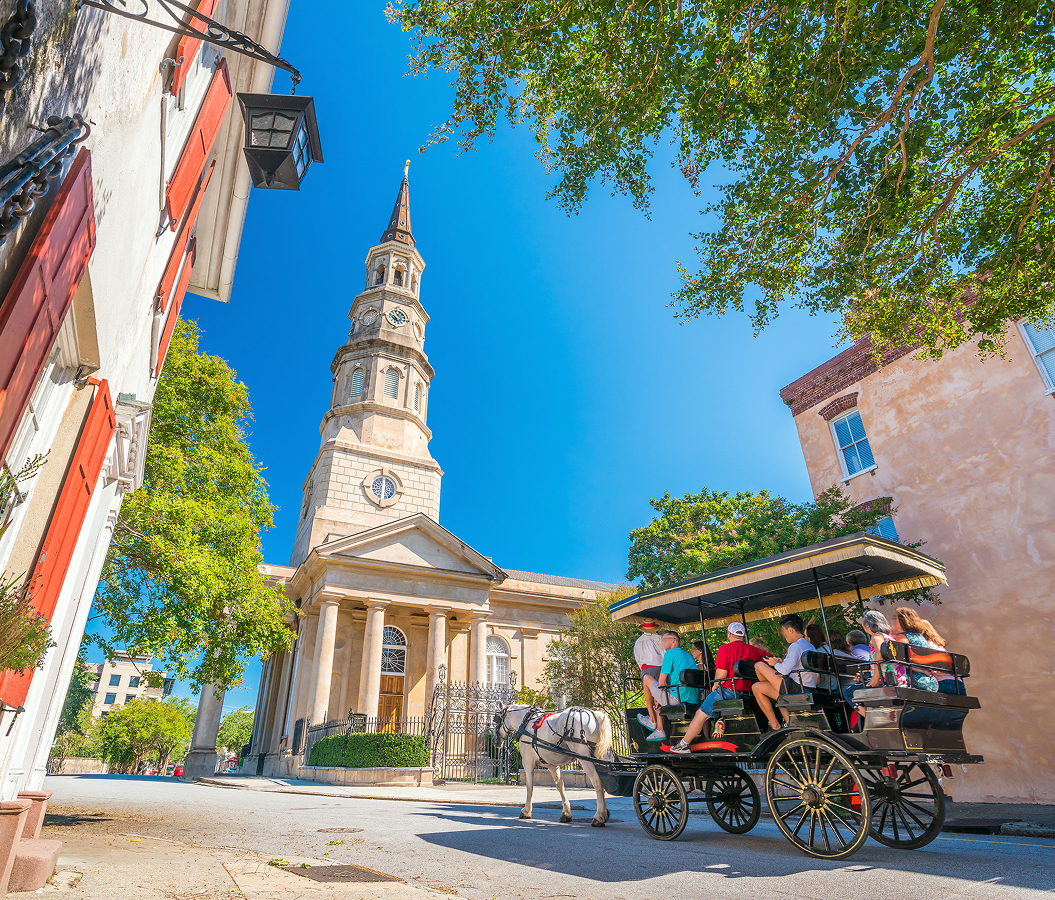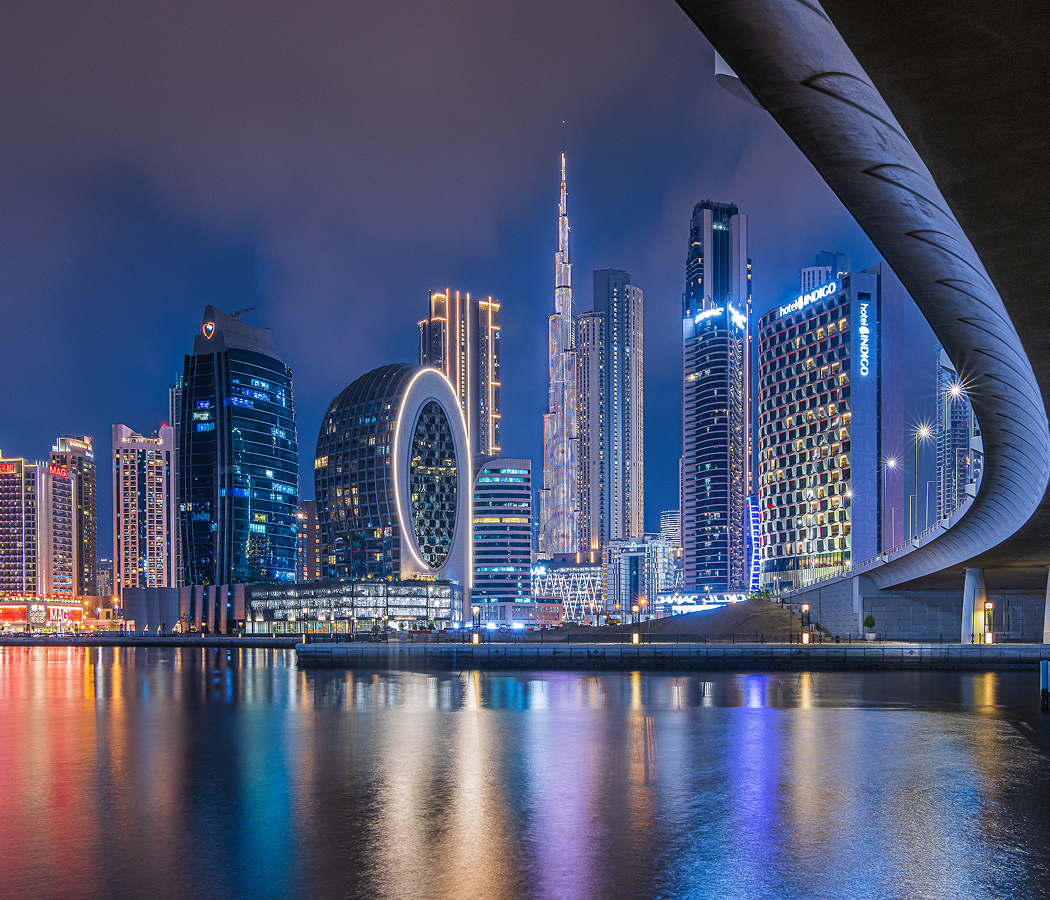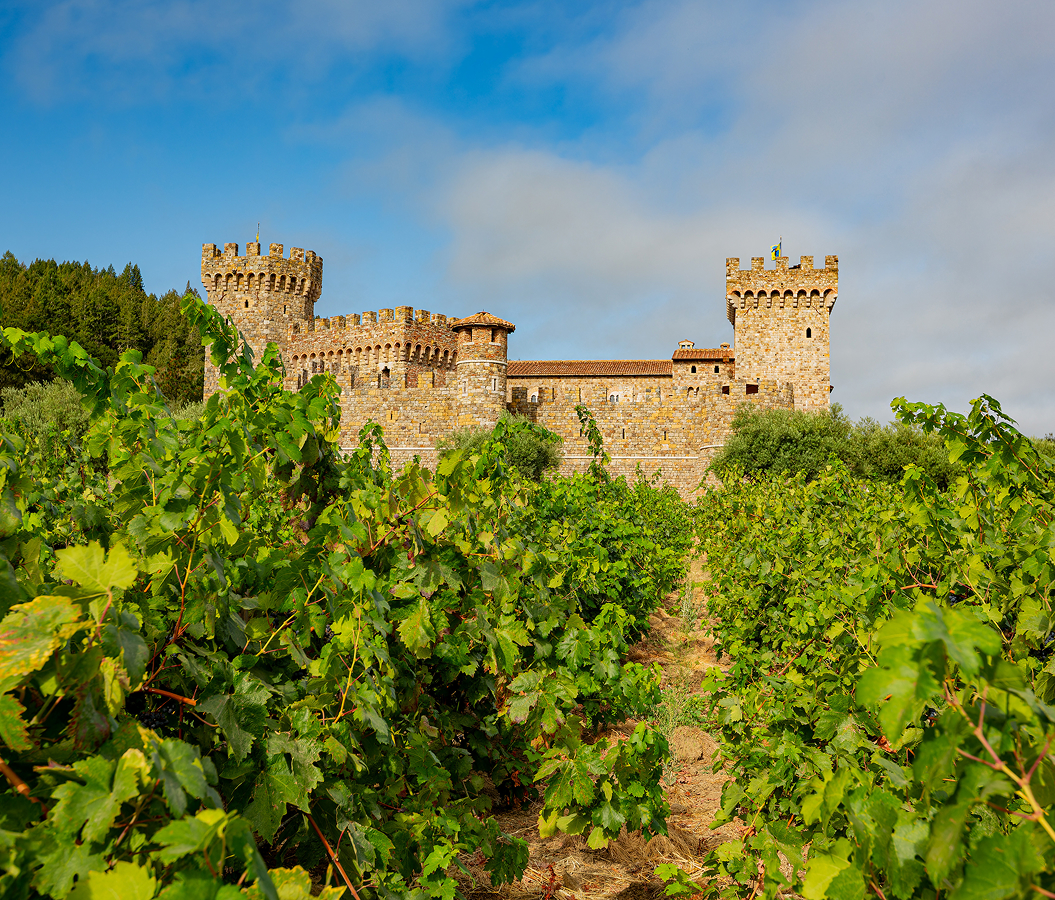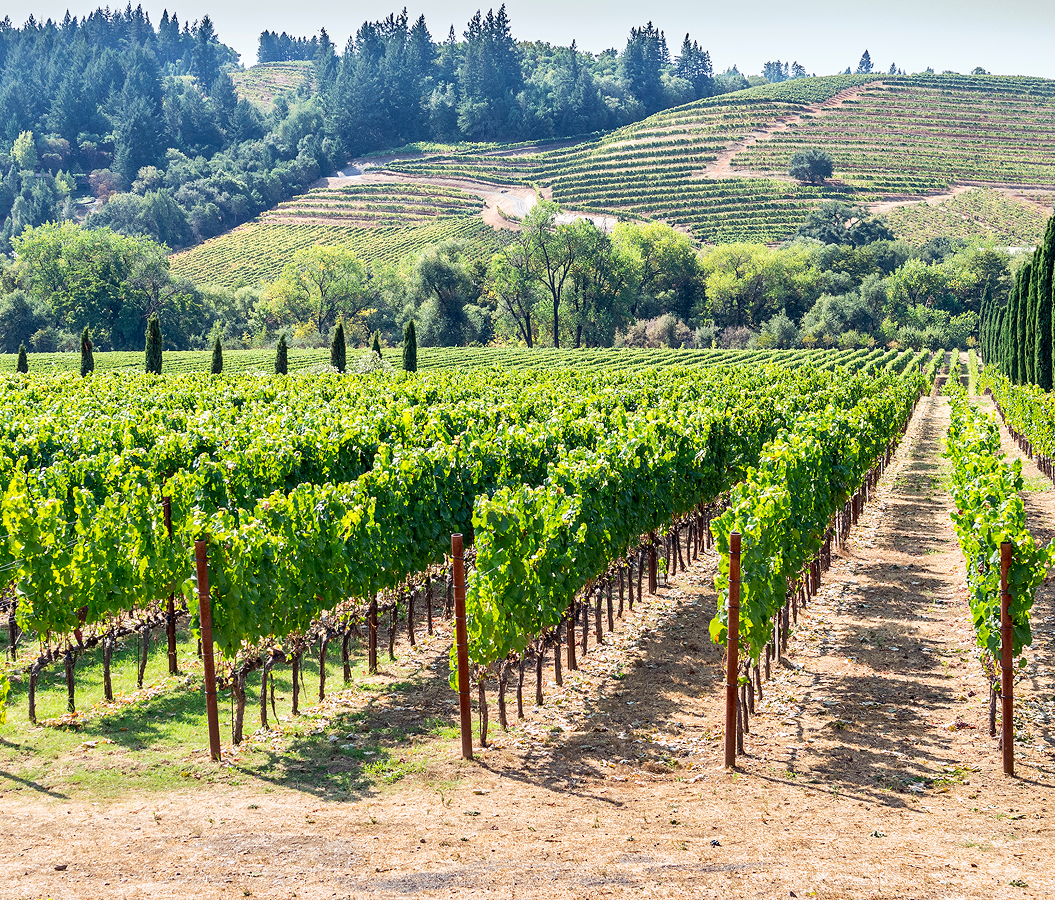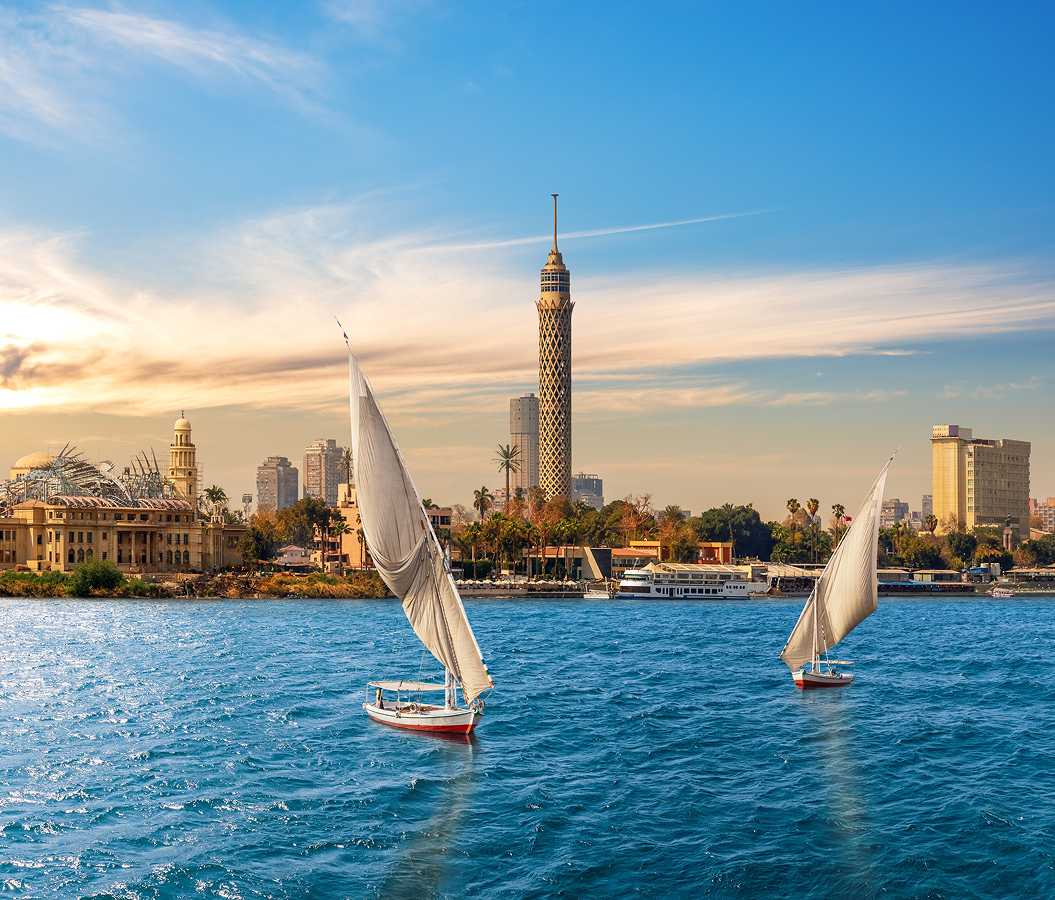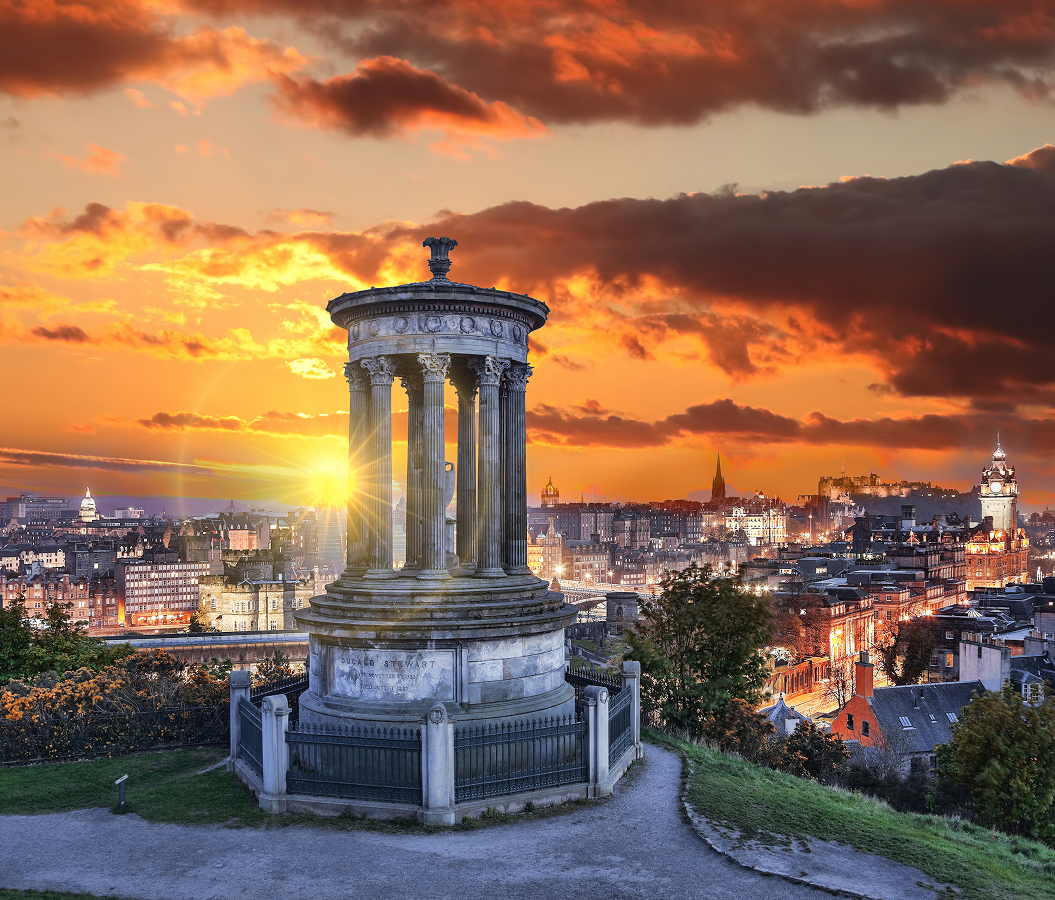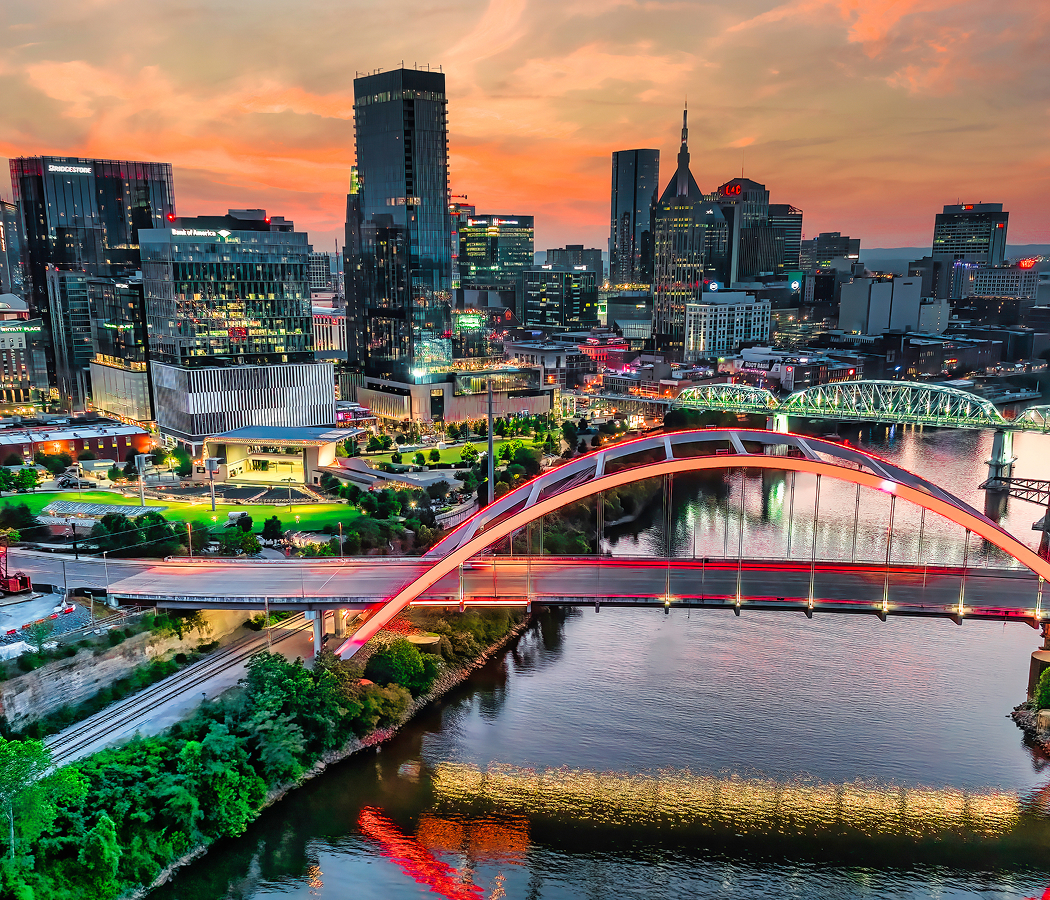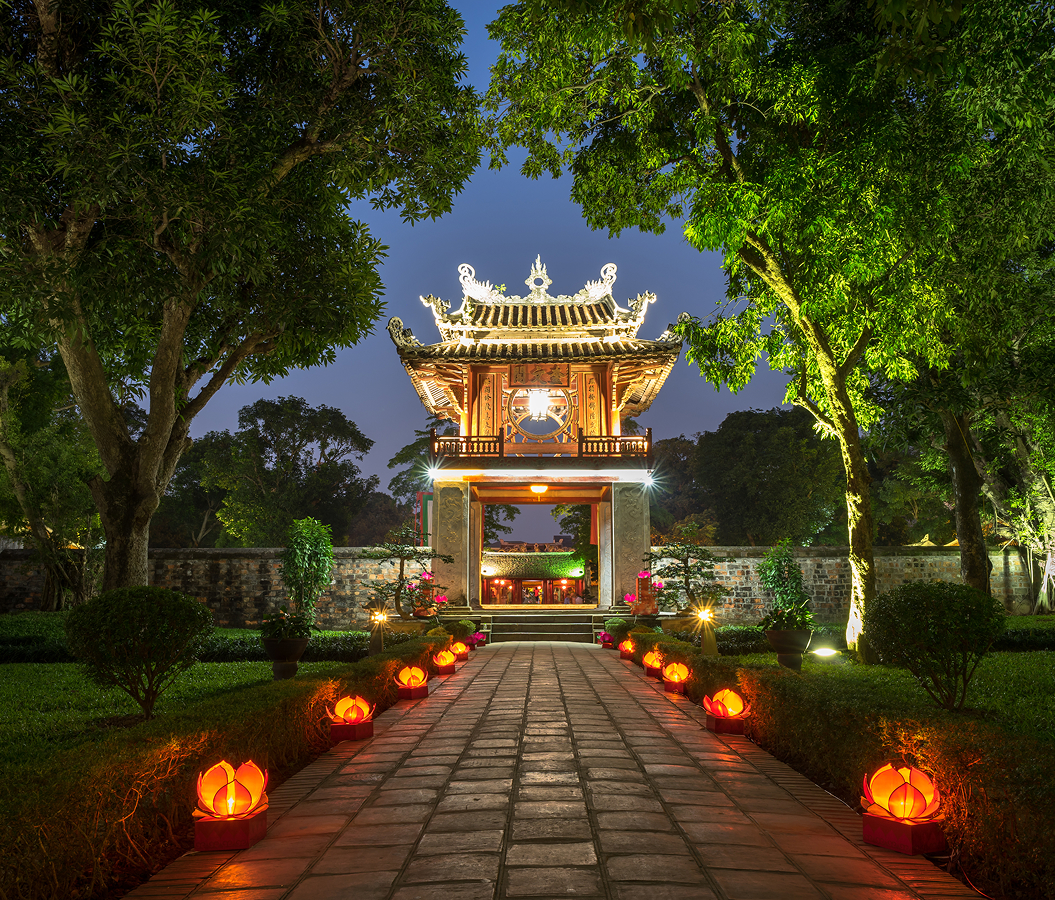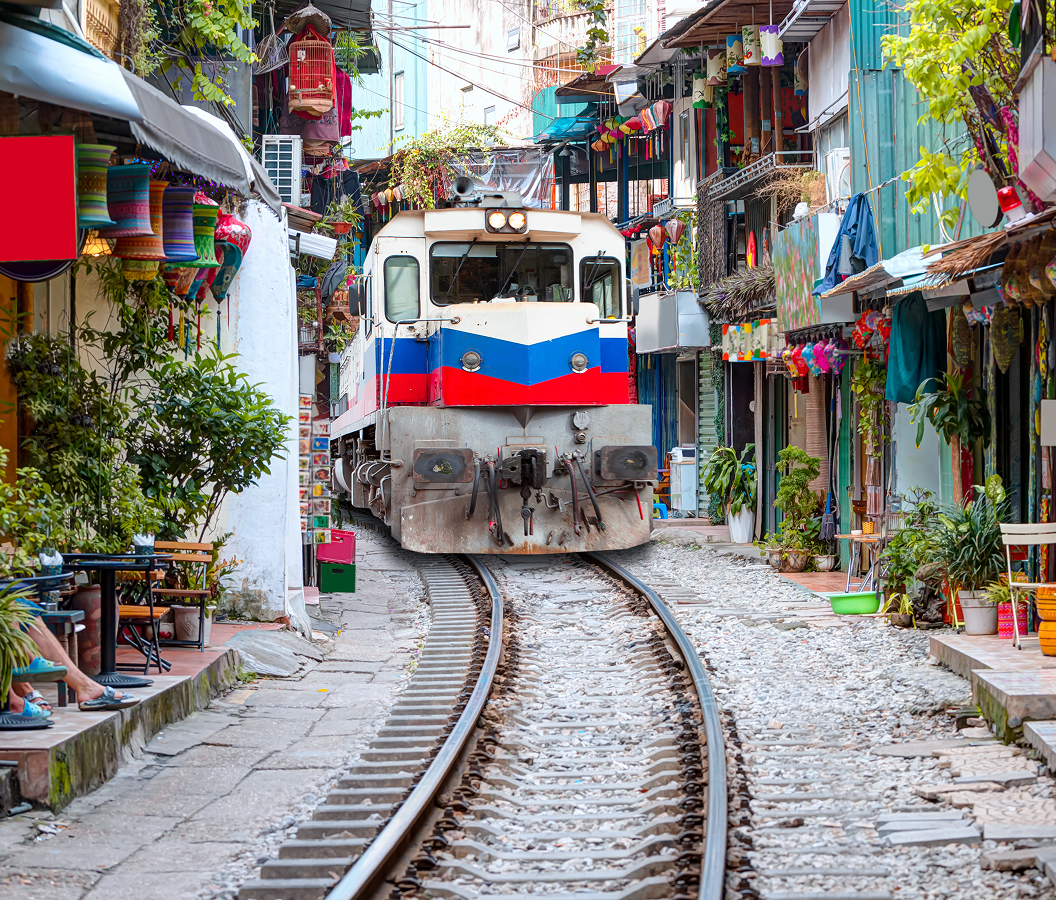
Why you should experience Cortina d’Ampezzo in the Dolomites, Italy.
Cortina d’Ampezzo in the Dolomites, Italy isn’t just a ski town — it’s alpine royalty wrapped in Italian style.
Everything about this place feels cinematic: the crisp air that bites your lungs in the best way, the peaks that glow pink at dusk, the way espresso tastes better when the cup fogs in the cold. Set in the Ampezzo Valley, surrounded by jagged Dolomite spires, Cortina has been a magnet for mountain lovers since long before it hosted the 1956 Winter Olympics — and it still carries that golden-age confidence. The streets hum with a blend of languages, laughter, and the faint jingle of ski boots on cobblestone. You’ll see fur-lined coats next to down parkas, Porsches parked beside snow-dusted Fiats, and café terraces filled with people who somehow make après-ski feel like a runway show. But beneath the polish, there’s heart — a small Italian town that still closes for lunch, still waves good morning, still lets the mountains lead the day.
What you didn’t know about Cortina d’Ampezzo.
Cortina’s legend didn’t begin with skiing — it started with solitude.
In the 19th century, this remote mountain village drew European artists and explorers chasing something raw: silence, light, and landscapes that felt otherworldly. The first hotel opened in 1893, welcoming climbers who came to conquer the Tofane and Cristallo ranges. Then came railways, royalty, and in 1956, the Winter Olympics that turned Cortina into an icon. It became “the Queen of the Dolomites,” a name it still wears like a crown. Yet behind the glamour lies a fierce devotion to nature and craft. The town sits inside the Dolomiti Bellunesi National Park, part of a UNESCO World Heritage Site, where strict protections preserve the alpine ecosystem. Locals still speak Ladin — an ancient Romance dialect — and artisans carve wood or craft wool garments in the same family workshops that once outfitted mountaineers. The architecture is a blend of Tyrolean tradition and Italian flair: carved balconies, frescoed façades, and stone chalets that seem to glow when snow falls. Even the social scene — from Michelin-starred restaurants to old taverns serving venison ragù — is stitched together by authenticity. Cortina isn’t pretending to be anything; it just is.
How to fold Cortina d’Ampezzo into your trip.
The best way to experience Cortina is to surrender to its rhythm — half mountain retreat, half Italian fever dream.
Start your morning with cappuccino and cornetto on Corso Italia, the town’s lively pedestrian artery lined with boutiques, art galleries, and patisseries. Then head upward: the Faloria and Tofana cable cars whisk you into the high alpine where views of the Dolomites stretch for miles. In winter, ski runs tumble down every face — long, scenic descents that blend challenge with grace. In summer, hiking trails replace pistes, winding through meadows that bloom wildflowers and larch trees. For lunch, grab a table at a rifugio — the mountain huts where polenta, wine, and sun-drenched terraces feel like therapy. Back in town, afternoons drift easily into aperitivo hour; sit outside with a spritz as the peaks turn rose gold in the fading light. Evening is where Cortina’s dual personality shines: fine dining at places like Tivoli or Baita Fraina, or rustic comfort in a candlelit osteria. Stay for a few days, and you’ll realize the magic isn’t just in the scenery — it’s in how effortlessly the town lets you feel both exhilarated and at peace. Cortina d’Ampezzo doesn’t just host the Dolomites; it is their heartbeat — stylish, eternal, and impossibly alive.
Hear it from the Foresyte community.
“Even the mountains here feel like they’re showing off. You look around and suddenly understand why people turn vacations into whole lifestyles.”
Where meaningful travel begins.
Start your journey with Foresyte, where the planning is part of the magic.
Discover the experiences that matter most.


